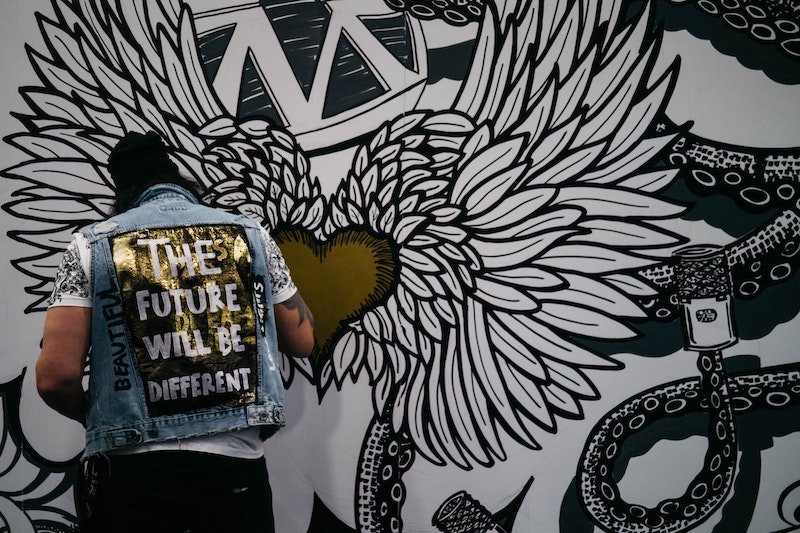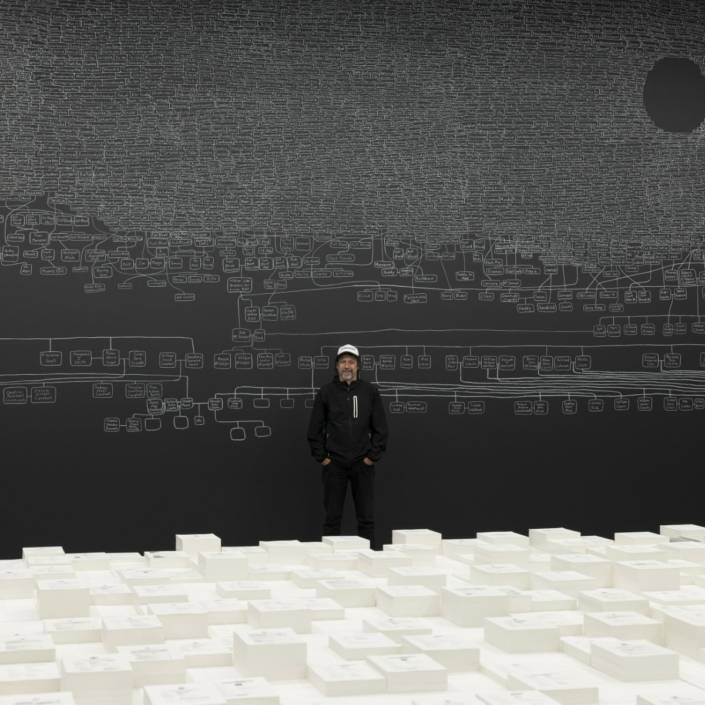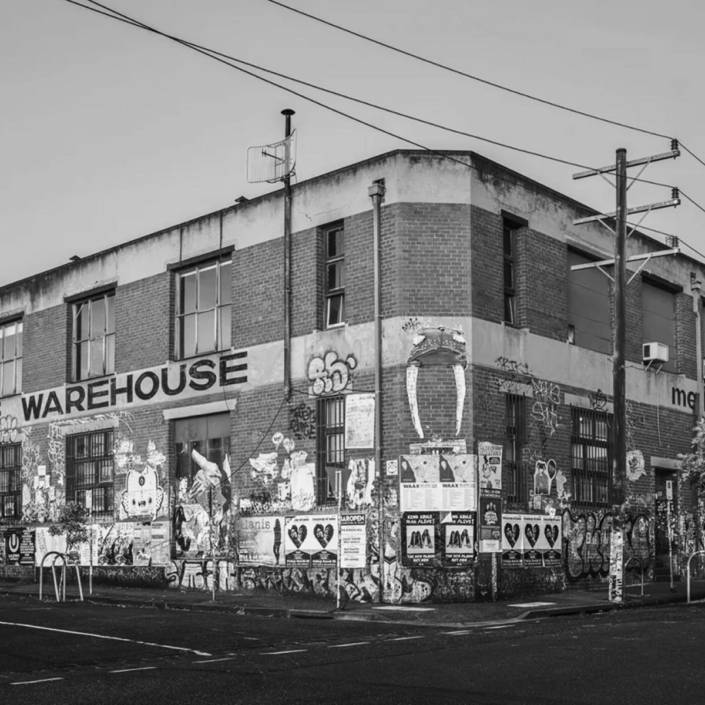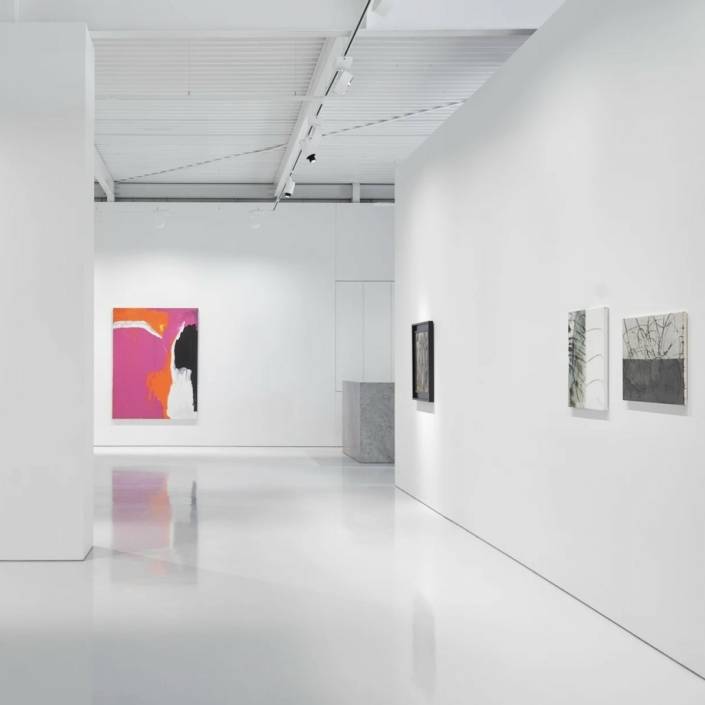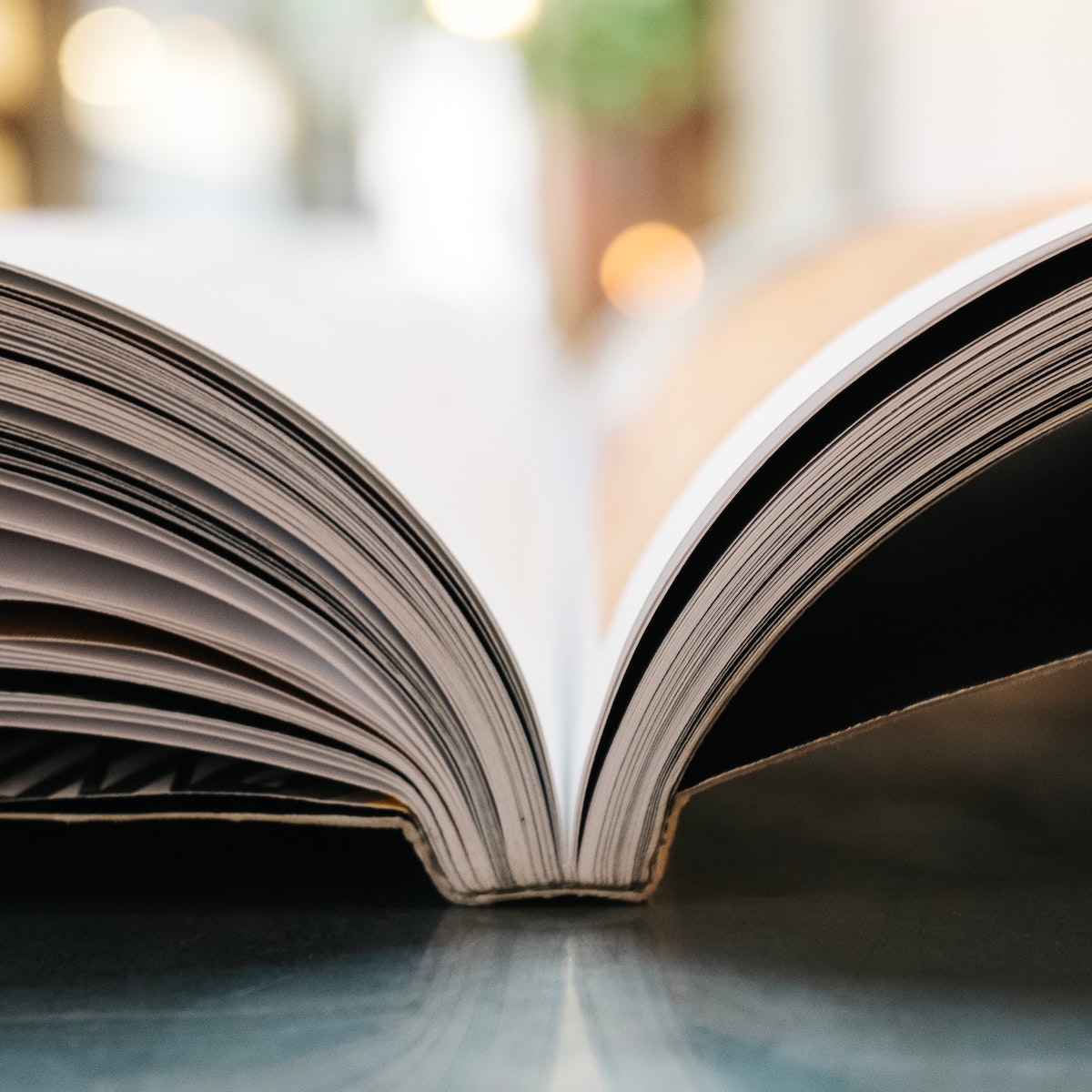Cultural Capital: (Men) Behaving badly
Now that artists can’t cash in on their amoral behaviour, the question becomes: what cultural capital do they need for us to invest in them?
Words: Carrie Miller
It was once necessary for artists of all stripes – painters, composers, writers, filmmakers, musicians – to be eccentrics who live the type of messy, non-conformist, bohemian lives where suburban rules and values need not apply. While these eccentricities were often benign, even lame (wearing a beret remains the gold standard), the most celebrated artists were those whose quirks were of the moral kind.
Indeed, the modern history of the arts reads like a roll call of world-class degenerates, psychopaths, perverts, racists, and wife beaters, dressed up as misunderstood geniuses. Picasso was not only a misogynist, but a celebrated one. Not only did Norman Mailer avoid paying any consequence for trying to kill his wife, his murderous behaviour seasoned his work with the salty flavour of a true bad boy of American letters. Consider the breathtaking, shameless self-importance of his statement to the judge after his arrest for stabbing her: “It is important to me not to be sent automatically to some mental institution because for the rest of my life my work will be considered as the work of a man with a disordered mind. My pride is that as a sane man I can explore areas of experience that other men are afraid of.”
(Side note: The artist as misunderstood genius is not a universal category – it has a masculine particularity. Could a female artist get a free pass for attacking their partner or masturbating in front of a studio assistant?)
Through the magnifying lens of contemporary pop psychological culture, where our increased literacy of human psychology equips us with the capacity to spot a malignant narcissist just by looking at their Instagram feed, biographical accounts of the great artists of history read like the Diagnostic and Statistical Manual of Mental Disorders. This perspective not only pulls focus on the personality flaws and neuroses of our most venerated artists, it simultaneously blurs the romantic image of them as a special kind of person whose talent is intrinsically bound up with their dysfunction. It turns out they are just like the rest of us, and our awareness of this means we are no longer prepared to give them a free moral pass to behave in ways we can’t get away with. If behaving badly at the office gets your co-workers stress leave and you mandatory bullying training, why should the same behaviour bestow fame and fortune on an abstract painter?
Now that artists can’t cash in on their amoral behaviour, the question becomes: what cultural capital do they need for us to invest in them?
An obvious answer these days is a cause. Arts audiences like their culture to communicate the right political values – in other words, their values. While there is a long history of art being used as vehicle to raise public consciousness about social issues, the artist as activist has become as celebrated in contemporary, hashtag culture as the artist as amoral narcissist once was.
For art with a social justice message to be considered authentic – another value art audiences remain attached to – it should be grounded in personal struggle. It’s one thing for an artist with white privilege to make art that denounces white privilege; it makes audiences with white privilege much more relaxed and comfortable if issues of identity politics are handled by minorities.
The ultimate form of cultural capital that artists can cash in on now is their own personal backstory of oppression and marginalisation. In other words, even when art is about big global issues – climate change, poverty, racism – the need to romanticise the artist as heroic individual remains. While the material facts of these individuals’ lives are almost irrelevant to the stories we tell about them, it’s a little easier to justify buying the work of an artist arrested for staging a protest, than for getting drunk and setting fire to the neighbour’s house.

